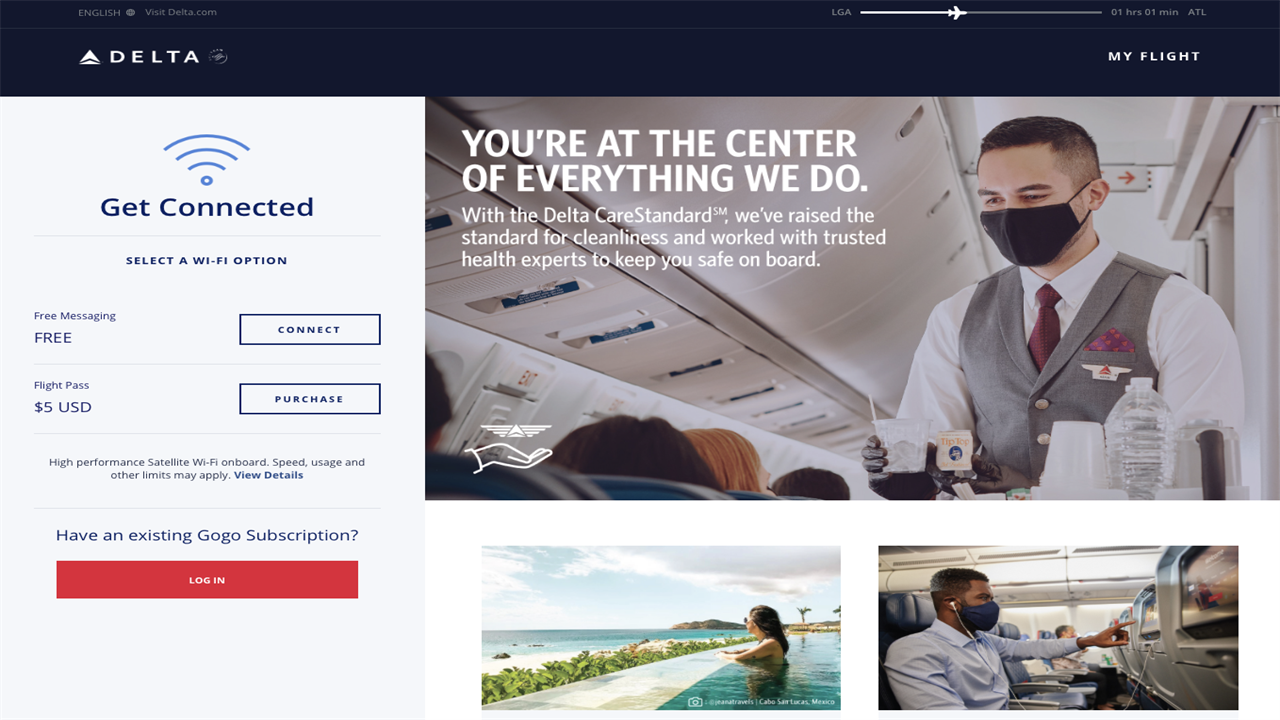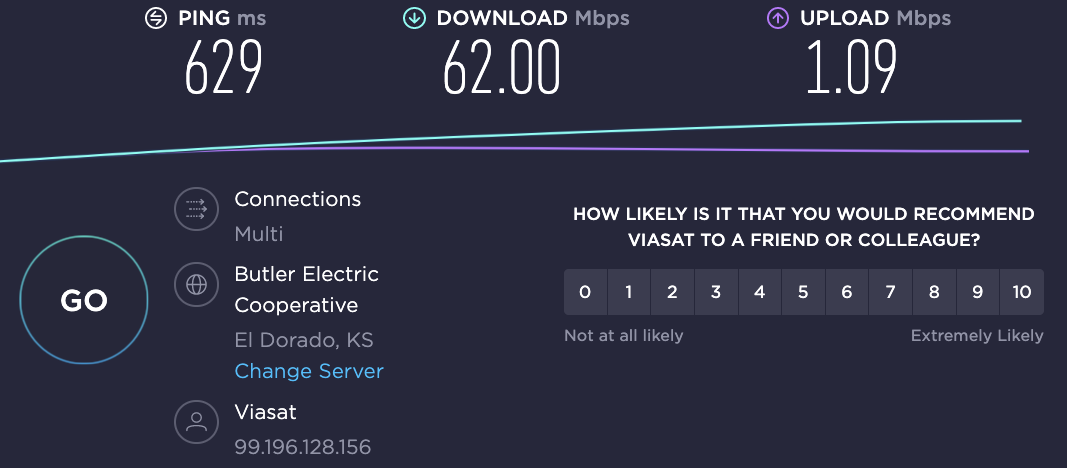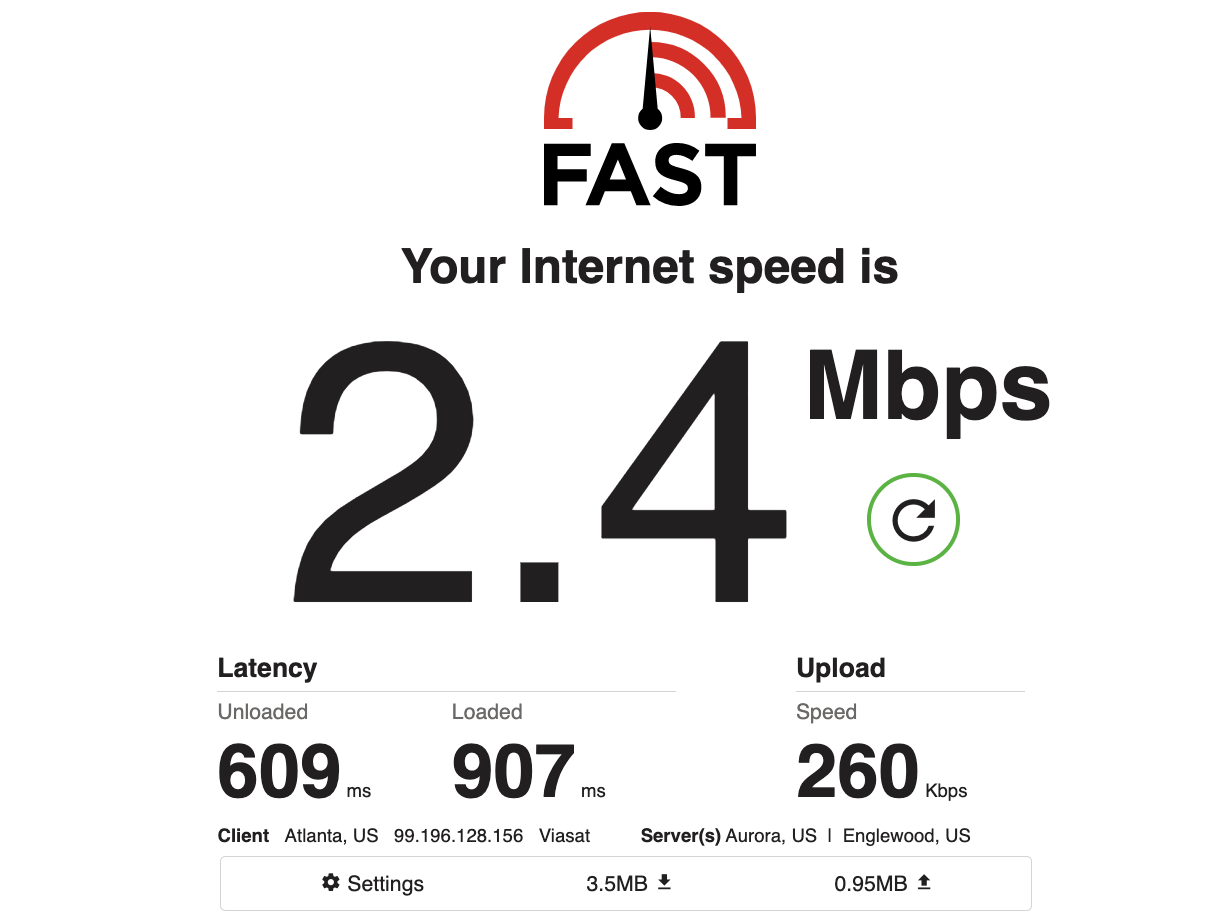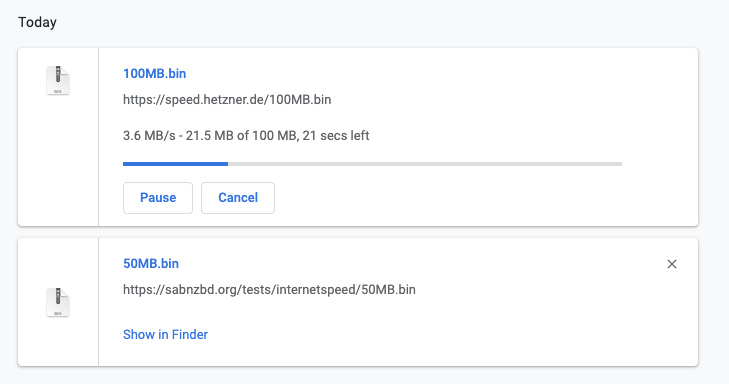Putting Delta’s new blazing-fast inflight Wi-Fi to the test
0 View
Share this Video
- Publish Date:
- October 17, 2021
- Category:
- HOW TO -
- Video License
- Standard License
- Imported From:
- Youtube
Tags
Sponsored Area
In early 2019, Delta CEO Ed Bastian committed to adding fast and free Wi-Fi on all its flights within a year or two.
Though the pandemic has delayed that timeline, the airline is still committed to its mission to make inflight internet access free for all.
Earlier this year, the airline broke ties with Gogo and instead partnered up with Viasat to bring the provider’s latest satellite connectivity to more than 300 domestic jets this year. Viasat’s superior satellite network should offer enough bandwidth for Bastian to deliver on his goal.
This summer, the airline began adding Viasat-connected radomes to the top of its new and retrofitted Airbus A321s, Boeing 737-900ERs and Boeing 757-200s, with plans to outfit nearly all of its domestic fleet by the end of 2022.
Want more airline-specific news? Sign up for TPG’s free new biweekly Aviation newsletter!
Though I’ve flown Delta a few times this summer, Tuesday marked my first experience with Delta’s new Wi-Fi solution. I was flying from New York’s LaGuardia Airport to the carrier’s Atlanta mega-hub, and I lucked out with one of the Viasat-connected Airbus A321s.
As I boarded the 191-seat jet, I immediately caught sight of a new decal just a few rows below the TPG logo that’s to the right of the exit door.
“Faster streaming awaits” it read.

Though I had originally planned to catch some sleep on the 7:20 a.m. flight, the techie inside of me couldn’t resist the opportunity to put Delta’s latest Wi-Fi solution to the test.
Once we were airborne, I immediately connected to the DeltaWifi.com network.
The first thing that impressed me was the price: all Viasat-equipped planes offer a $5 full-flight pass or a free messaging option, no matter the destination. Of course, that’s not completely free as Bastian promised, but it’s definitely a step in the right direction.

(The one big downside, however, is the carrier’s previous tie-up with T-Mobile that used to offer free Wi-Fi to its subscribers is officially gone.)
After quickly entering my credit card information and agreeing to the Viasat terms and conditions, I was online.
To test the connectivity, I performed four tests:
- A speedtest.net test
- A fast.com test
- A 10-minute streaming session on Netflix
- A 100MB download
The new Wi-Fi system passed my four tests with flying colors. I nearly gasped when I saw the results of my first experiment on speedtest.com: Over 60 Mbps download was quite impressive.

Fast.com is another internet speed test service that’s routed through Netflix’s servers. I figured that there was a chance that Viasat throttled the streaming connection, and I could use Fast.com to validate my hypothesis.
Turns out, I was correct, at least based on my limited sample. Download speeds slowed down considerably to just over 2 Mbps. Not great, but still fast enough to stream.

So then I pulled up Netflix. After an initial 10-second buffer, the remainder of my show streamed perfectly, with no lag in video or audio.
And finally, I decided to test how long the connection would take to download a 100 MB test file from fastest.fish. The result? Under 30 seconds.

With speeds that fast, I was impressed. Of course, network conditions are going to change depending on how many people are connected to the service, weather and other outside factors.
But on this Tuesday morning, it was clear that Delta’s Viasat tie-up is poised to change the inflight connectivity game. While Wi-Fi isn’t yet free, the move to Viasat is clearly a step in the right direction. Plus, when the provider launches ViaSat-3, the company’s next-generation satellite network, things figure to only get better.
Before long, we might all be streaming our favorite shows and movies, while loading multiple tabs and uploading photos to social media — all from the air… for free.
Featured photo by Zach Griff/The Points Guy











